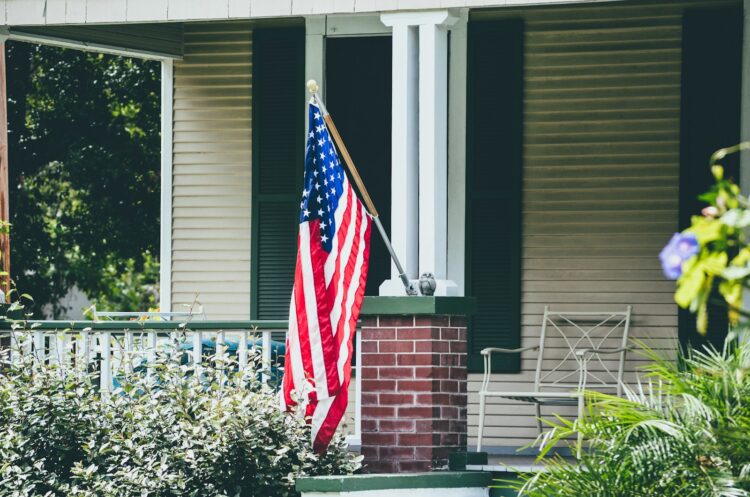
Walk into almost any American home, and you’ll see the same mix of comfort, chaos, and quiet charm. The details might differ, but the feeling is universal. Life here hums with motion. Closets overflow, candles half-burn, and kitchen counters host both chaos and comfort. Every object tells a story about habits, hope, or half-finished plans. Here’s what almost every home in America holds right now, tucked between routine and memory.
A Drawer Full of Cords No One Can Identify
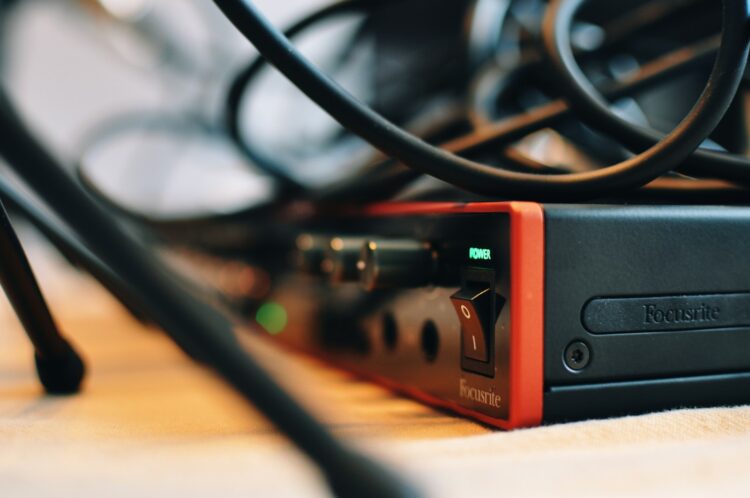
Every house has one: the infamous cord drawer. Inside is a tangled history of upgrades—chargers for phones long gone, cables for forgotten gadgets, and mysterious black wires no one dares throw out. Once or twice a year, someone tries to clean it out, untangling it like a puzzle, but it never lasts. The drawer always returns to chaos, humming quietly with the ghosts of devices past. It’s part tech archive, part comfort blanket.
A Collection of Half-Burned Candles
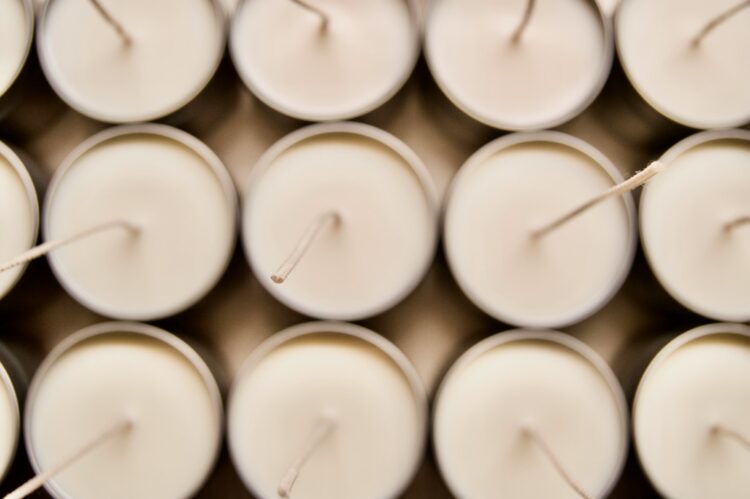
They started as self-care: lavender for calm, eucalyptus for clarity, something citrusy for “energy.” Now, they sit half-burned on tables and windowsills, wax cooled and uneven. The smell lingers faintly—comfort and good intentions mixed together. People can’t bring themselves to throw them out; it feels like wasting a moment that was meant to help. There’s something quietly beautiful about them, too. They remind us that we tried to make life softer, even if only for an hour.
A Box of Takeout Menus or Delivery Apps on Every Phone

Even homes with fully stocked fridges secretly depend on takeout. The drawer with menus might be fading away, but its digital twin—delivery apps—is stronger than ever. Thai on Tuesday, tacos on Thursday, pizza when the week just won’t end. It’s not laziness; it’s survival. The smell of a warm paper bag and the crinkle of plastic cutlery feels like modern comfort. Everyone says, “We’ll cook more next week,” knowing they probably won’t, and that’s okay.
A Pile of Reusable Shopping Bags That Rarely Get Used

The intention was noble: save the planet, skip the plastic. But now they hang by the door, neatly folded or jammed into one another, a colorful collection of guilt. They’ve become more symbol than tool—a soft reminder that people want to do better, but convenience still wins. Every time someone forgets them in the trunk, they promise, “Next time for sure.” And when that next time comes, the cashier asks, “Do you need a bag?” and they just sigh and nod yes.
A Stack of Amazon Boxes Waiting to Be Dealt With
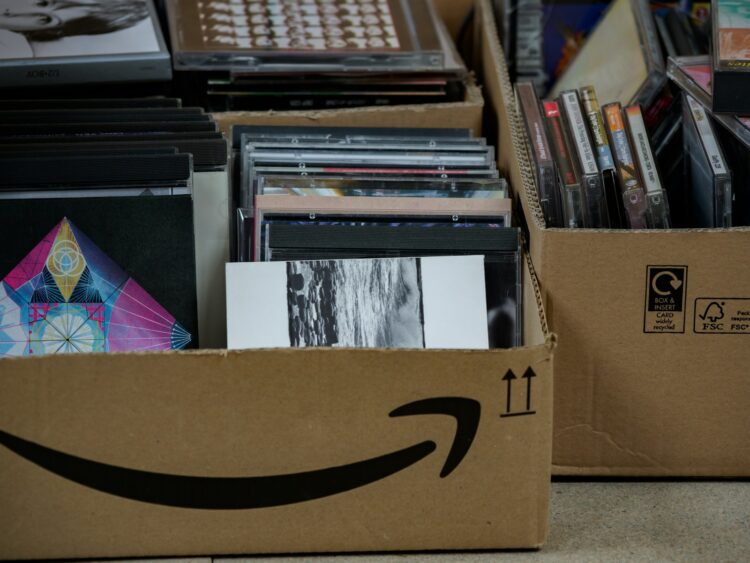
The boxes multiply faster than anyone expects. Some hold essentials—paper towels, vitamins, and cleaning supplies. Others are the results of 2 a.m. optimism: gadgets, organizers, clothes that looked better online. They sit by the door until recycling day, each one whispering a story of impulse, convenience, and comfort. America runs on cardboard now. Thatfamiliar smile on the box feels like a quiet promise: life might be messy, but at least you can order your way out of it.
A Basket of Unmatched Socks
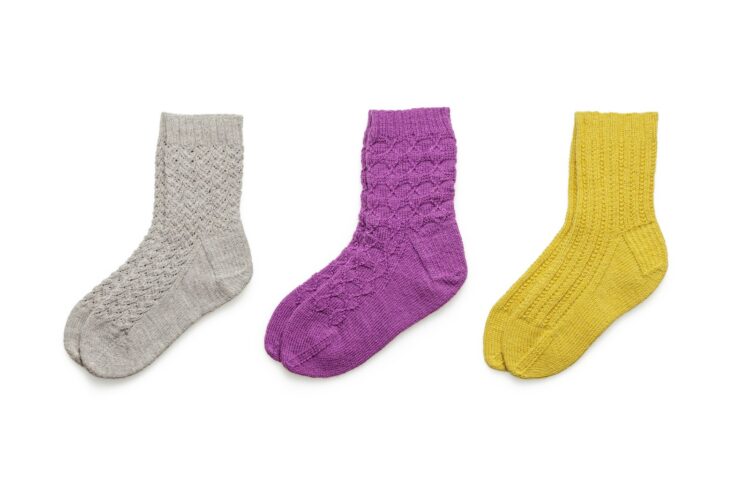
It starts small—a few pairs missing after laundry day. But soon, there’s a whole basket of lonely socks waiting for their partners, like a lost-and-found for fabric. Nobody knows where the missing ones go. Maybe the dryer eats them. Maybethey vanish into thin air. Yet nobody can throw them away, because hope is powerful.
A Remote Nobody Can Figure Out

It’s the most confusing artifact in the house. It looks simple enough, but no one truly knows which buttons do what anymore. There’s a remote for the TV, one for the soundbar, one for streaming, and another for something nobody remembers. Every guest gets the same explanation: “No, not that button, the other one—yeah, hold it down.” Batteries die, buttons fade, but the remote remains.
A Diffuser or Essential Oils Kit That Gets Used Twice a Year
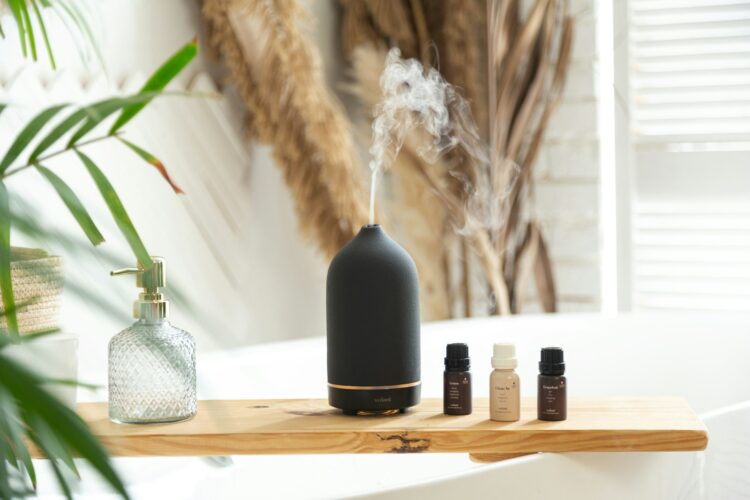
It was supposed to be life-changing. Someone saw a post about lavender curing stress or peppermint boosting focus, and now there’s a diffuser tucked between family photos and old mail. It hums softly for a week, filling the room with hope and humidity, then goes quiet for months. The oils remain lined up like soldiers, full of intention but barely touched.
A Fridge Door Covered in Magnets and Memories
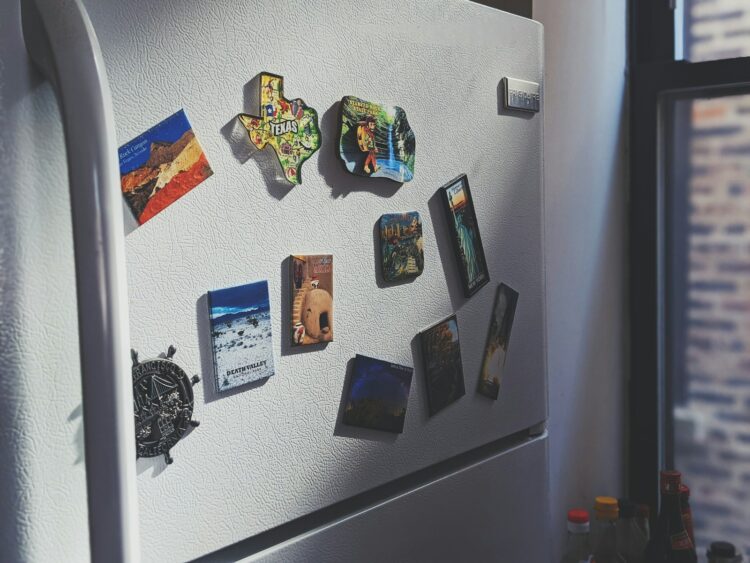
No matter how sleek or modern the kitchen, the fridge door still tells the story of the house. Photos of kids and pets. Drawings with uneven handwriting. Coupons, appointment cards, and a postcard from somewhere sunny. The magnets themselves are a collection of tiny vacations and grocery store souvenirs. Together, they form a collage of ordinary life, which is messy, warm, and real.
A Shelf of Unread Books and Self-Help Promises

Every home has a shelf—or a nightstand—filled with books waiting for “when there’s more time.” A few are half-read, with receipts marking where motivation faded. Most are untouched, their spines uncreased but hopeful. Titles about focus, minimalism, happiness. Each one is a little window into who people want to be, or used to believe they could become. They stay there, gathering dust and quiet ambition. Maybe someday it will really come.
A Coffee Station That Feels Like a Morning Ritual
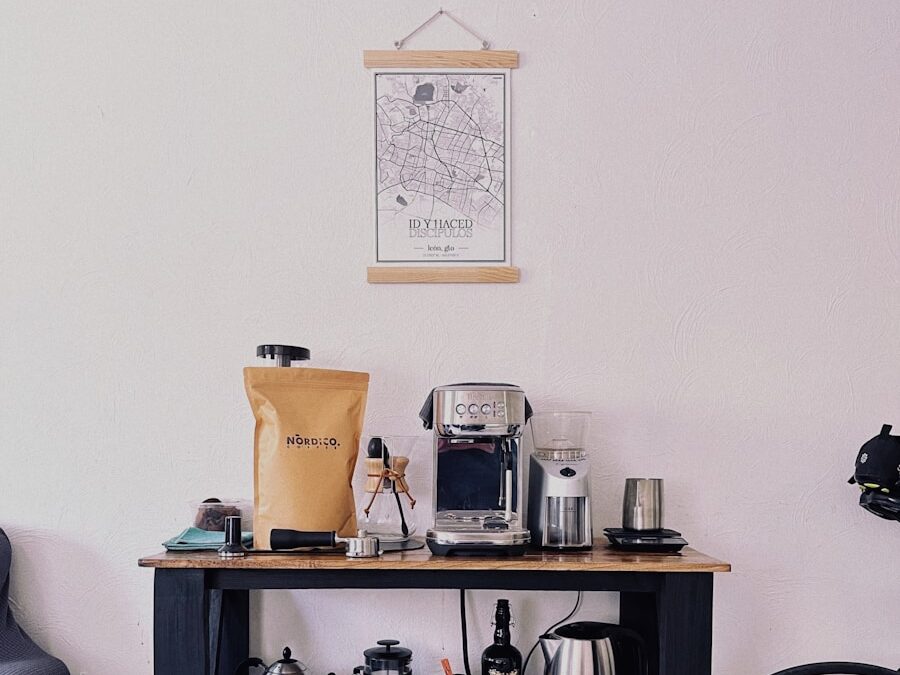
Whether it’s a French press, a Keurig, or a full espresso setup, every American home has its caffeine corner. Mugs with sayings like “Don’t talk to me yet” sit beside flavored creamers, syrups, and travel tumblers. Coffee isn’t just a drink—it’s a small, sacred moment before the day begins. It’s how people cope, reset, and remind themselves they’re still in control, even if the morning’s chaos says otherwise.
A Drawer of Takeout Utensils and Condiment Packets
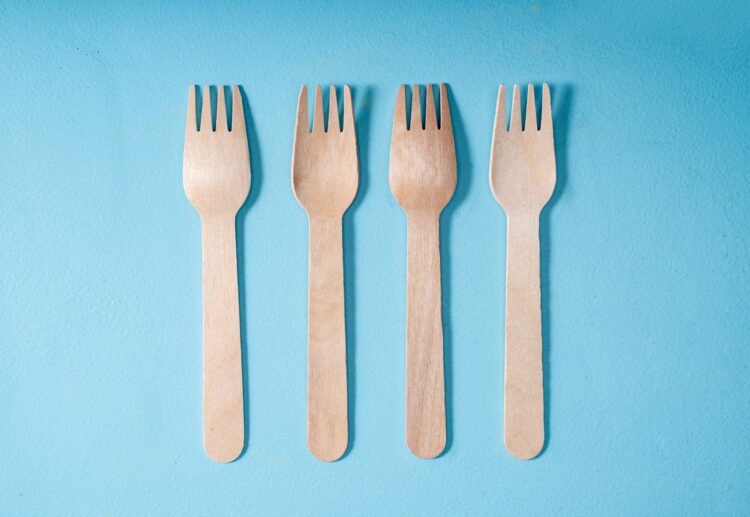
It’s the drawer everyone forgets about until they need it. Soy sauce packets, plastic forks, spare napkins, and ketchup in every shape of packet. No one plans to keep them, but throwing them away feels wrong. It’s the drawer of backup plans—the “just in case” section of the kitchen. Somewhere in there is a single fortune cookie from three months ago and a tiny packet of duck sauce that’s turned into amber glass.
A Forgotten Exercise Device Turned Clothes Rack
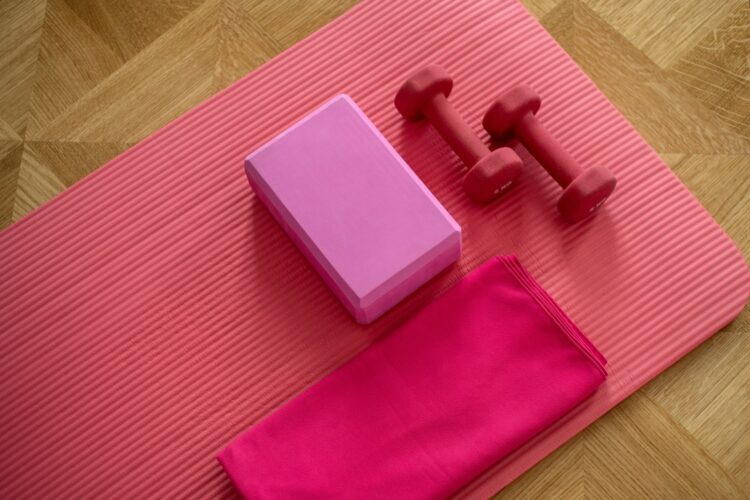
The treadmill, the stationary bike, the yoga mat—at some point, they all joined the furniture. What started as a burst of motivation became a place to hang sweaters or charge phones. Every home has one: a silent symbol of good intentions, paused indefinitely. People don’t get rid of it, because maybe one day, the motivation will return. For now, it just stands quietly, holding both fabric and faith.
A Streaming Subscription Nobody Uses Anymore

That one app you got for a free trial, then forgot to cancel. It auto-renews every month, unnoticed, while you scroll another platform instead. You tell yourself you’ll cancel soon, but it never happens. Everyone has one or three. It’s a modern version of clutter, hidden behind logins and small fees. In a way, it’s the cost of keeping up with everything, even the things you’ve stopped watching.
A Sense of Organized Chaos That Somehow Works
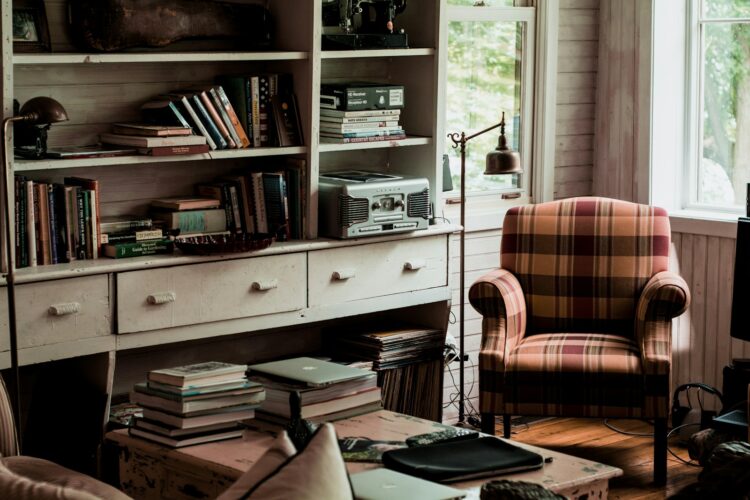
Every American home runs on a balance between clutter and comfort. Shoes by the door, mail on the counter, towels drying on a chair—it’s messy, but lived in. Every surface tells a story of effort: the half-folded laundry, the dishes soaking “for later,” the candle burning next to the laptop. It’s not perfect, but it’s real. These homes are proof that life doesn’t need to be flawless to feel full—and that a little chaos is just part of being human.

